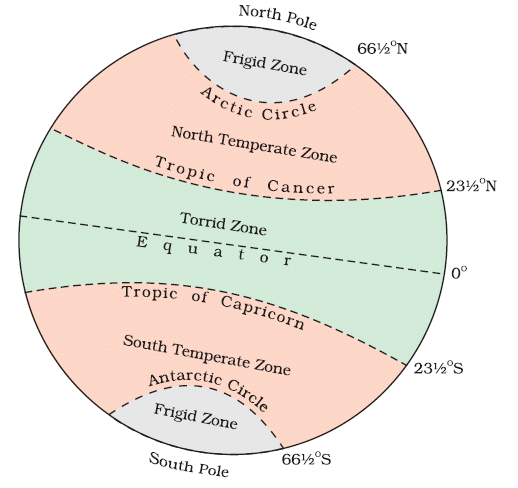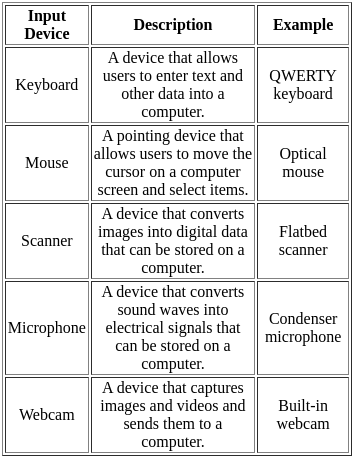JKSSB Patwari Mock Test - 7 - JKSSB Patwari MCQ
30 Questions MCQ Test - JKSSB Patwari Mock Test - 7
Bhakra canal has been drawn from which River near Nangal?
Why does the Torrid Zone receive maximum amount of heat?
Which country is currently on high alert due to unprecedented seismic activity and concerns of an imminent volcanic eruption in the Reykjanes peninsula?
What is the minimum age required to contest an election to Lok Sabha?
What role do public facilities play in promoting national development?
Grid connected Rooftop Solar Programme was launched in which year?
Directions: In questions given below out of four alternatives, choose the one which can be substituted for the given word/sentence.
Q. The study of ancient societies.
Guess the correct Synonym of the following word:
CORPULENT
Directions: In the question given below, there is a sentence with a blank. From the options given below, choose the correct idiom(s) that can fit in the blank to make the sentence grammatically and meaningfully correct.
After facing a lot of economic loss, both the countries decided to ________________
I. Pour oil on troubled waters
II. Bury the hatchet
III. Have a blast
Directions: In each of the following questions, a sentence has been given in Active (or Passive) Voice. Out of the four alternatives suggested, select the one that best expresses the same sentence in Passive/ Active Voice.
They will have completed the work by the time we get there.
One who has little faith in human sincerity and goodness
Direction: Read the following passages carefully and answer the question that follows.
Although an Eco-friendly process and one of the important ways to save the environment, recycling is not gaining pace in the industry. The recycling undergoes many process. First is collecting and sorting of garbage. This required a lot of manpower and tools which are expensive. Another disadvantage of recycling which makes it unviable is that for the manufacturers economically, the recycled material is not highly demanded since its quality is not as good as the original material. So, if the marketing of recycled goods is not worthwhile then the whole process of recycling cannot be economically efficient. Recycled products face other disadvantage as well, such life, difficult in de-linking the dyed products and less durability etc.
Q. What are the basic requirements of recycling?
Direction: A word in capital letters is followed by four words. Choose the word that is most nearly opposite in meaning to the word given in capital letters.
TRACTABLE
Actual execution of instructions in a computer takes place in
What is the name of the form used to input chart values?
Which of the following is crucial time while accessing data on the disk?
What is the difference between the Internet and an intranet?
How many meaningful English words can be made with the letters DREO, using each letter only once in each word ?
Directions : In each of the following questions a statement is given, followed by two conclusions. Give answer :
Statements : In a one day cricket match, the total runs made by a team were 200. Out of these 160 runs were made by spinners.
Conclusions :
I. 80% of the team consists of spinners.
II. The opening batsmen were spinners.
How many three letter meaningful word can be formed from the word TEAR, beginning with 'A' and without repeating any letter within that word ?























